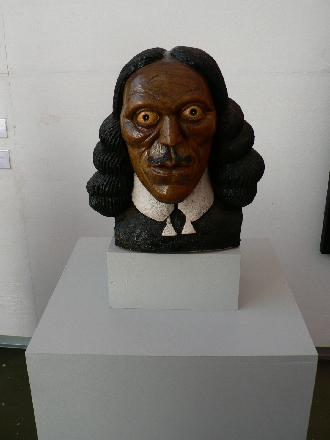My mind-tasting of Jan van Riebeeck’s maidenvintage, reported on Sunday in the Sunday Times, is too clever by half as an e-mail correspondent points out that Hendrik Boom may have planted the grape vines in 1655, but did not hang around to make the wine as he became a free burgher in 1657 and went off to farm cattle.

Mind Tasting the Boom ‘59
So how many stars for Jan van Riebeeck’s maiden vintage? February 2 is early to harvest grapes grown in Cape Town, especially if they were Muscat which are usually harvested in March.
So was the Boom ‘59 thin, acidic, green and unripe? Did it explain why the Dutch were so keen on distilling the stuff to make brandy – brandewijn, burnt wine? A mind taster might rate it at one star (“plain and simple” in wine guide lingo). After all, the infant Jesus only needed one star (to paraphrase AA Gill on the obsession restaurants have with star ratings). UK pundit Tim Atkin, writing in the January edition of Off License News, takes mind tasting to new heights by claiming “SA is making better wine that at any point in its history” and in particular writes off the Boom ’59 as “almost certainly nasty.”
Or maybe not. Karl Lambour, fellow countryman of Hendrik Boom and his successor as winemaker at Constantia Glen (who celebrated a birthday of his own on Tuesday), points out that Boom’s grapes were grown on their own roots, not grafted onto rootstock, these being the salad days before the phylloxera louse devastated the vineyards of both Old and New Worlds. “The yields would have been lower implying higher quality, better colour, depth and flavour and the grapes would have ripened earlier” remarks Lambour.
Young vines in the shadow of Table Mountain often produce stunning wines as the Klein Constantia Sauvignon Blanc 1986 still confirms. So five stars to the Boom ’59 – the first five star wine in SA.



